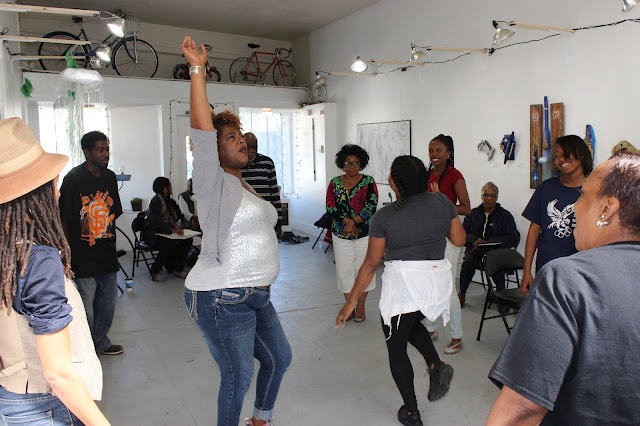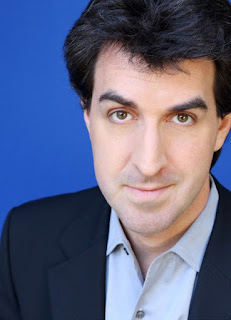By Shannon Stockwell The longer you work in theater, the more you gather tales of dramatic disasters, and the more you realize the resilience of theater makers who rally under the old adage: “The Show Must Go On.” Some problems can be anticipated, however, and that’s where understudies come in. For A.C.T.’s production of The Last Five Years , a two-person musical by Jason Robert Brown, we had two amazing understudies, but no one expected them to have to go on because the run was so short—only three weeks long. But illness struck, and both understudies ended up having to perform at different times. And, if you were at the performance on Saturday, May 28, you would have gotten to witness a special moment in theatrical problem solving when Margo Seibert, who was recovering from illness, was struck by a coughing fit in her first song and an unscheduled fifteen-minute intermission was called while her understudy, Kelsey Venter, prepared to go onstage as Cathy. To get the scoop on the ...



